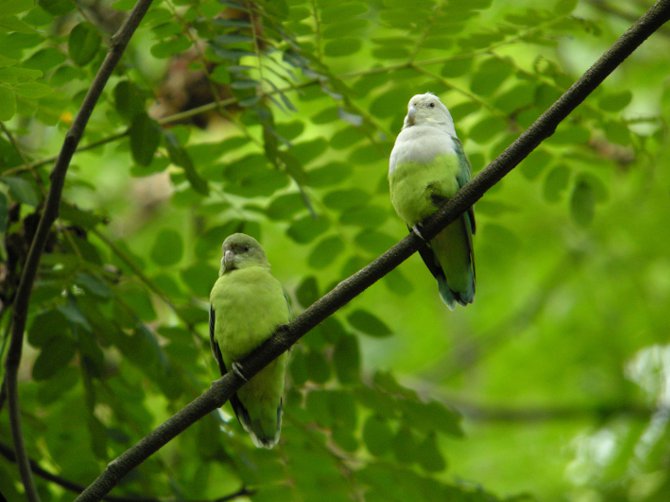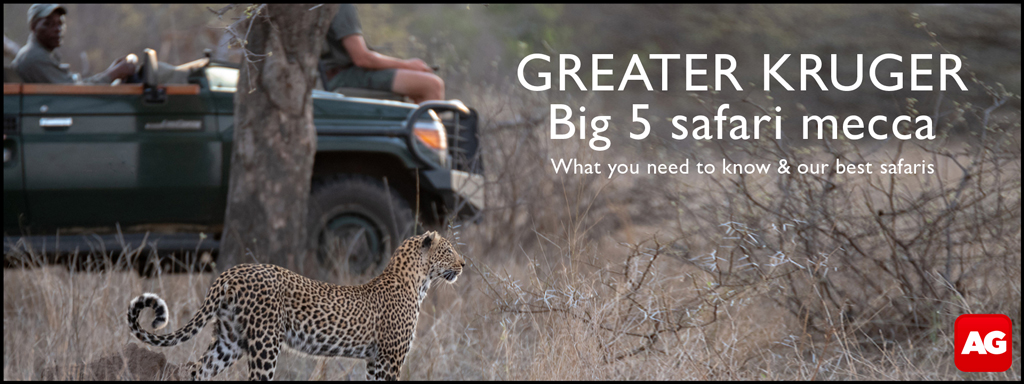The lives of parrots and people have been intimately entwined for centuries, if not millennia. Given the familiarity of many of us with some of Africa’s parrots, it may come as a surprise that we still know so little about their lives in the wild. The World Parrot Trust is working hard to improve the understanding and conservation of these very special birds, and 2014 sees a ramping up of their Africa Conservation Programme, but they need your support.

Globally parrots are one of the most threatened of all bird families. Their popularity as pets and tendency to roost and feed together in large groups has left them vulnerable to trapping. In addition, the reliance of many species on large mature trees in which they roost, feed and nest makes them highly susceptible to forest loss. Rates of forest loss in parts of Africa are among the world’s highest.

Some of Africa’s parrots have the dubious distinction of having been among the most traded of all bird species listed under CITES (the Convention on International Trade in Endangered Species of Fauna and Flora). Africa’s lovebirds and species, such as African grey and Senegal parrots, are among the most popular pet birds. Many of us have been up close to these parrots in captivity and have been enchanted by their personalities. They feature prominently in popular culture and are among the first birds many children encounter in storybooks. Indeed, it was an African grey parrot that taught Dr Doolittle how to talk to the animals!

Given our fascination with these birds and the threats they face, the dearth of information on wild populations is surprising. Some species trapped in the highest numbers have not been the focus of a single field study, and no long-term monitoring initiatives exist. The unenviable task of determining whether trapping could be sustainable can be little better than educated guesswork. Recent efforts to address this shortfall have begun to fill in some of the knowledge gaps, but there remains much to be done.
Over the past decade or so, there has been a large increase in the number of field studies on African parrots, with projects focused on Lillian’s lovebirds in Malawi, black-cheeked lovebirds in Zambia, Rüppell’s parrots in Namibia, Meyer’s parrots in Botswana, grey parrots in Cameroon and brown-necked, grey-headed and Cape parrots as well as rosy-faced lovebirds in South Africa. We now know much more about the ecology of these parrots, with information on the nest characteristics, diets, flocking behaviour and vocalisations of many. Despite these advances, there has been a strong geographical bias in research efforts, with parrots outside southern Africa receiving little attention.

Some species, such as Niam-niam parrots and Swindern’s lovebirds, are almost unknown, and our knowledge of their distribution remains little more than loosely drawn circles on a map. For other species, we know enough to be concerned. More research should go hand-in-hand with conservation actions to address likely threats. Yellow-fronted parrots, for example, are restricted to Ethiopia’s remaining fragments of Afromontane forests. Actions to address the degradation of their habitat should be complemented by research into limits on populations and current distribution. While more research and monitoring will enable conservation actions to be refined and improved, waiting until we have all the answers may mean we wait too long.

The World Parrot Trust has been supporting parrot conservation in Africa for many years and has been involved in landmark projects across the continent, such as the recent release by Jane Goodall of a group of African grey parrots back into the wild in Uganda. 2014 marks an increased focus on the special parrots of Africa, with new projects starting in Guinea-Bissau, Senegal, South Africa, Zambia and Uganda. The World Parrot Trust is currently raising funds to support these efforts, with all donations made up until the 31st of January being matched by some very generous donors. Visit their website to find out more about the work of the World Parrot Trust and what you can do to help.

To comment on this story: Login (or sign up) to our app here - it's a troll-free safe place 🙂.![]()








